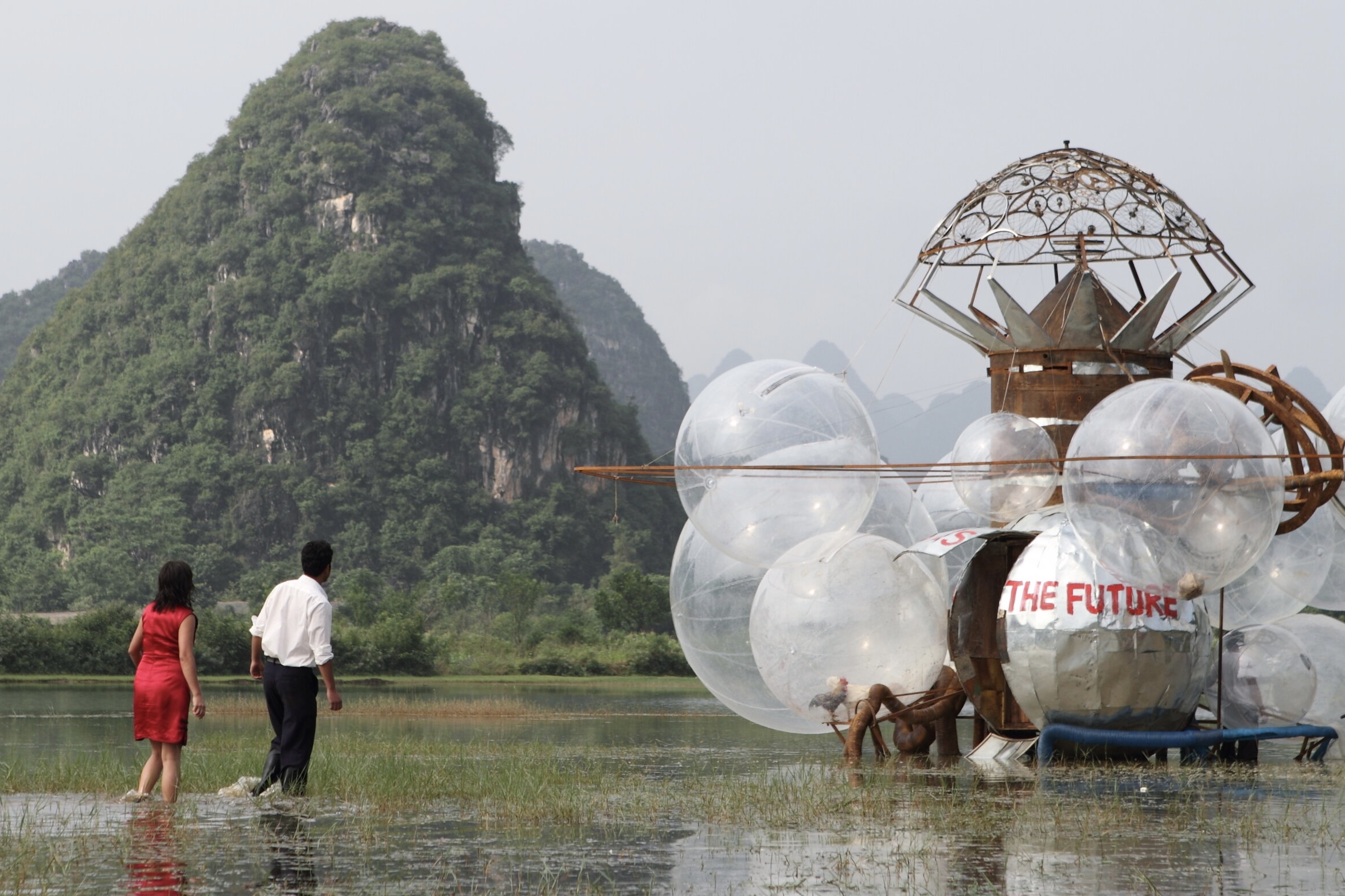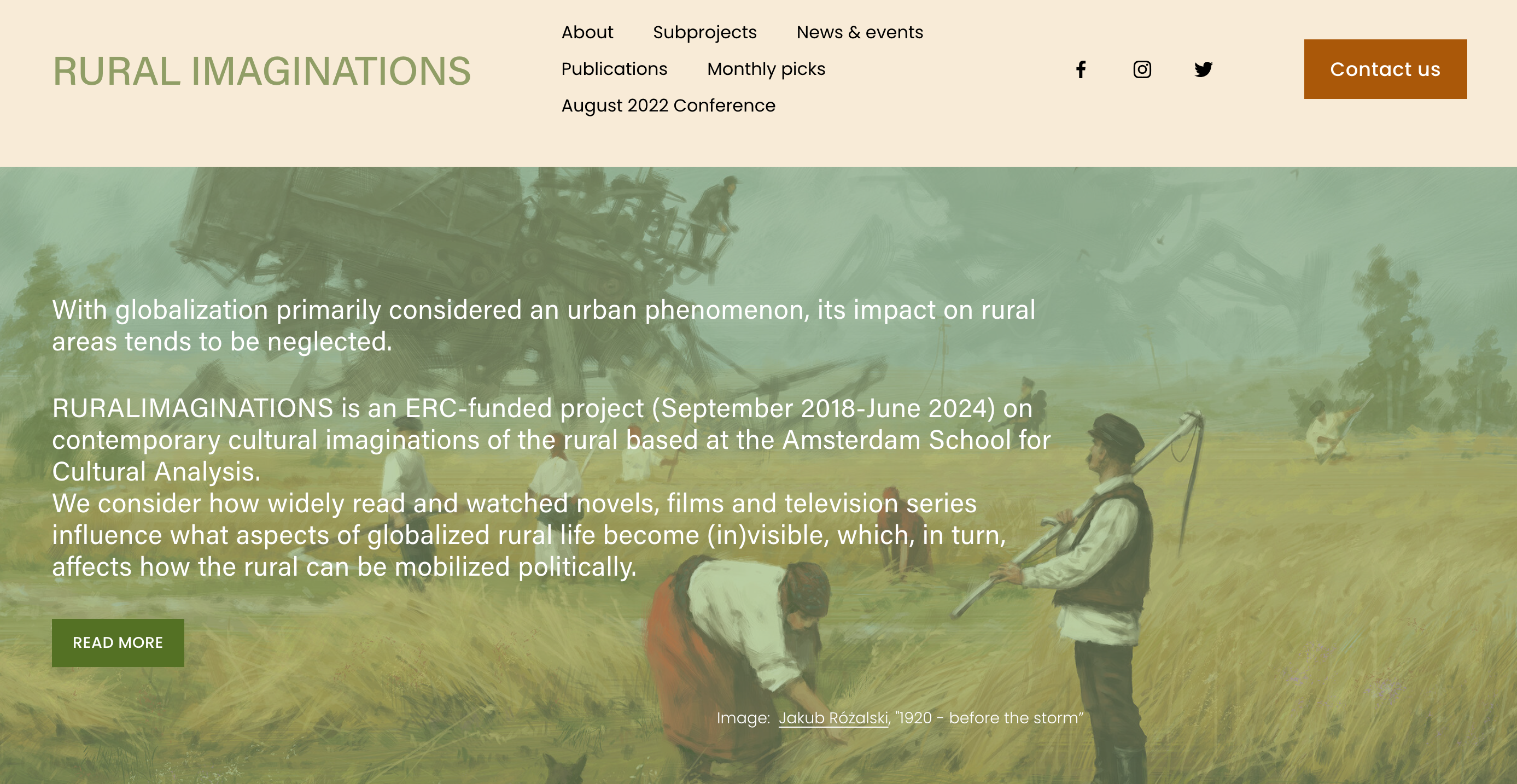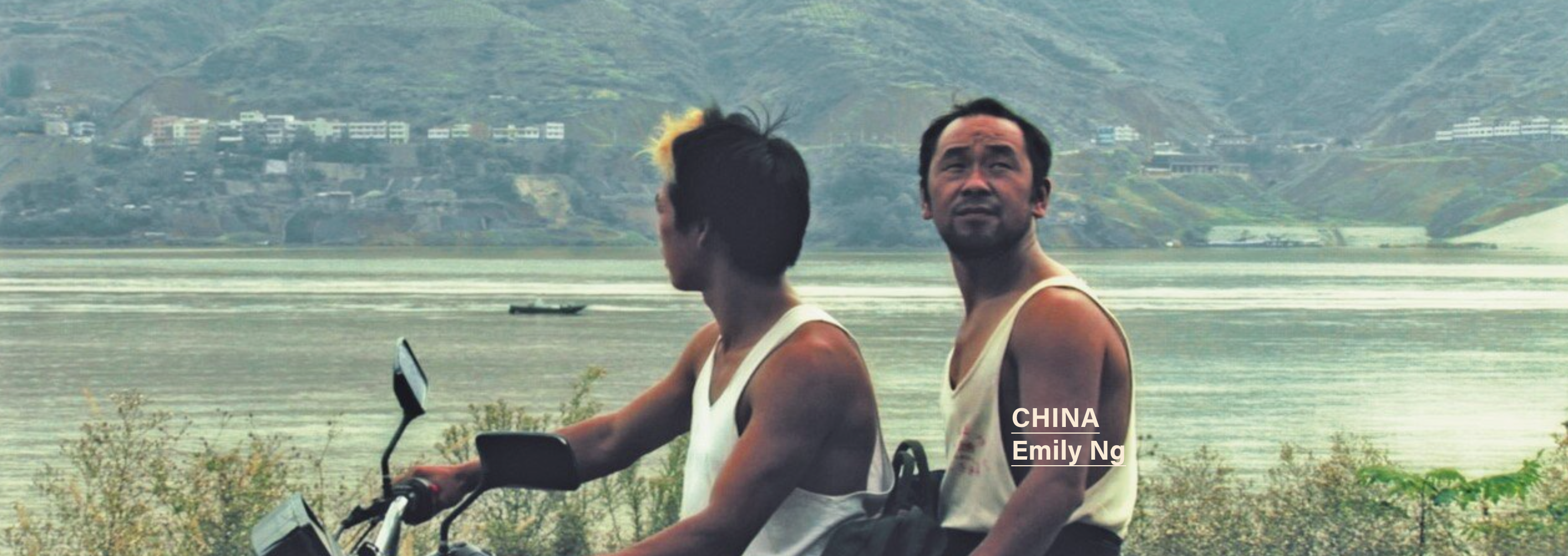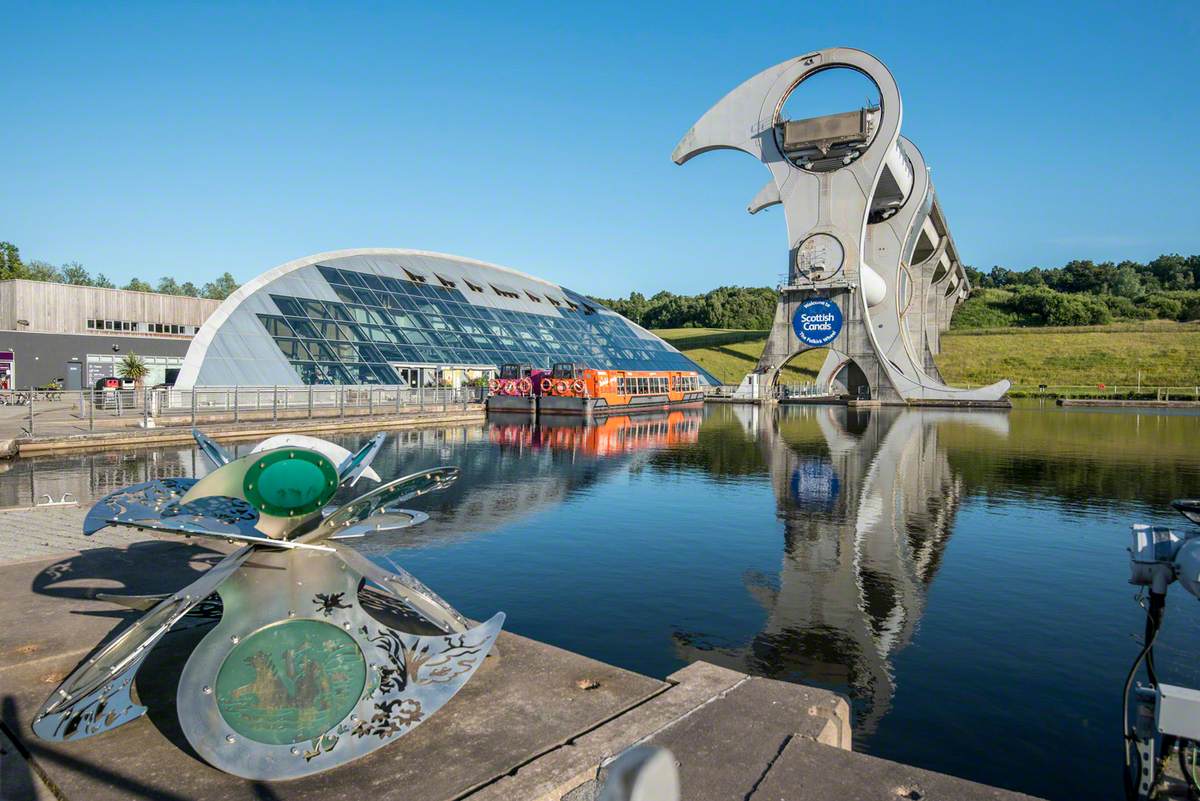WEEK5 PLACE-RESPONSIVE CURATING

Through Francis Davis’ lecture in week five, I was introduced to an interesting project called RURALIMAGINATIONS. It looks at how the cultural imagination has shaped the way we view rural life in a globalized world. Because globalization is mostly seen as an urban process, rural issues are often forgotten. However, this project puts rural life at the center, examining how cultural representations in film, television, and literature reveal or hide the impact of globalization on the countryside.
At the heart of RURALIMAGINATIONS is the idea that the way rural life is imagined is not just a matter of aesthetics or storytelling. Rather, it plays a key role in determining which aspects of rural life become visible on a national and even global scale. This visibility in turn influences how rural areas are politically mobilized. This project highlights the urgent need to address this blind spot, especially at a time when rural communities feel increasingly marginalized.
One of the things I find particularly fascinating is that the project takes a uniquely humanistic approach. By examining cultural representations in a variety of media in the UK, US, Netherlands, China and South Africa, the project asks some key questions. It asks to what extent these cultural imaginaries reveal the impact of globalization. It also questions the role of traditional rural genres, and the emotions or desires they evoke, in making aspects of rural life either visible or invisible. This exploration is not only academically rigorous but also politically significant, as it challenges the narratives that have long dominated our understanding of rural spaces.
The project is structured into five subprojects, each analyzing rural imaginations in a different national context. One subproject that particularly caught my attention is Chinese Rural Imaginations. This part of the project focuses on mainland China—a nation undergoing massive internal rural-to-urban migration. The Chinese countryside is experiencing dramatic transformations, often described as a “disappearing countryside.” This is partly due to the hukou system, which limits the ability of rural migrants to access urban services and opportunities. While much research has focused on the lives of these migrants in cities, the reality of the rural itself has been less studied.
The Chinese Rural Imaginations subproject delves into the contradictory cultural portrayal of the rural. On one hand, the countryside is celebrated as a place of traditional values and even as an antidote to the perceived excesses and pollution of urban, capitalist life. On the other hand, it is frequently depicted as a realm of poverty and backwardness. This duality is evident in various cultural productions—literature, film, and television all play a part in shaping these narratives. For example, state-censored films and novels, which address sensitive topics like the HIV/AIDS crisis in Henan province or the effects of rapid modernization, have a significant impact on how the rural is imagined. Even though these works face censorship, they often reach audiences through international film festivals and informal distribution channels.

UFO In Her Eyes (dir. Xiaolu Guo, 2011).
The influence of RURAL IMAGINATIONS on my choice of curatorial venue
RURALIMAGINATIONS’ research has helped me to realize that ‘site-specificity’ is not just about formal design, but about a curatorial attitude that deeply understands and respects the local history, culture and natural environment. Through the group’s lens, I have gained the following insights to help me better think about the exhibition space at Helix Park, Falkirk:
Firstly, RURAL IMAGINATIONS emphasizes how the diversity and complexity of rural life can be revealed through the cultural imagination. Similarly, I can attempt to delve into the historical context of Helix Park and the Falkirk area, such as its industrial heritage (e.g. canals, shipbuilding and metallurgy), its folklore (e.g. Kelpie myths) and the impact of modern urban development on local culture. By collecting and integrating these stories, my exhibition not only displays artworks, but also tells a flesh-and-blood story of the place, enabling visitors to experience the unique charm of the site.
Second, RURALIMAGINATIONS emphasizes the role of natural landscapes in shaping cultural identity.Helix Park has both open outdoor green spaces, lakes, and a fully functioning visitors’ center, which provides a rich space for dialogue in the exhibition. Consideration can be given to how the natural outdoor environment can be utilized as part of the exhibition, such as combining artworks with lakes and trails, or designing outdoor installations that interact with the landscape. At the same time, the visitor center can serve as a place for in-depth interpretation and reflection, providing additional contextual information and interactive experiences for the audience.
References
Art UK. Accessed February 16, 2025. https://artuk.org/.
Rural Imaginations. Accessed February 17, 2025. https://www.ruralimaginations.com/.
(https://www.ruralimaginations.com/the-chinese-rural)






